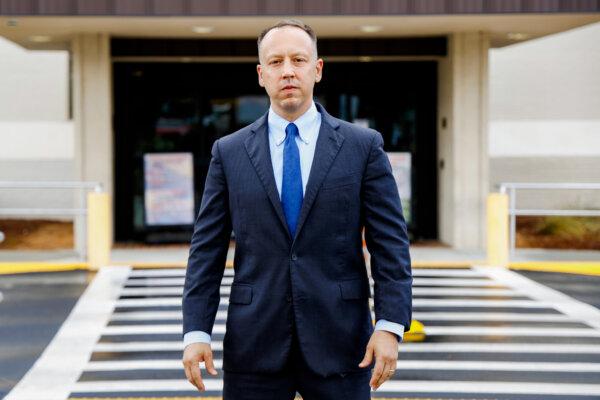Larry Moore doesn’t work in a school, but he knows why so many students skip class. On any given day, neighborhood kids relax in the chair and talk as he cuts their hair.
It’s hard to get moving in the morning when there’s nothing in the fridge, the children tell him. Nobody is making them go to school, they say. They feel like the teachers are constantly judging them. “They think I’m dirty, and I think they’re boring. Why spend year after year there if it doesn’t get me anywhere?” he hears.










